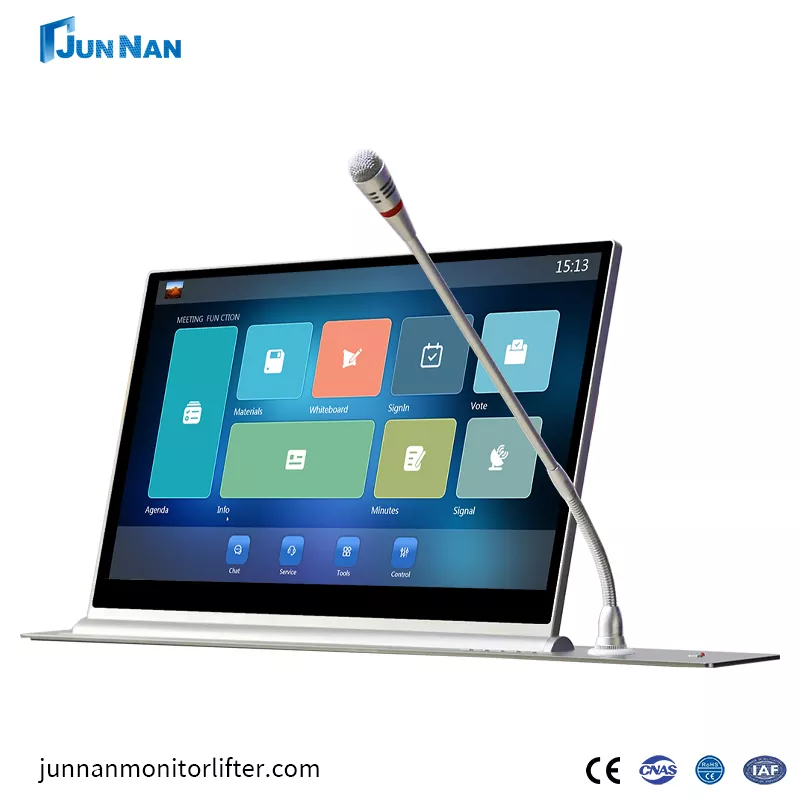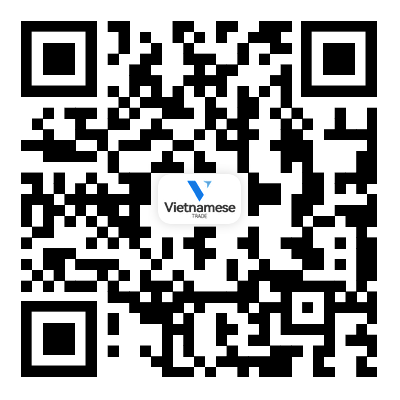How a Paperless Conference System Works
2024-12-20
A paperless conference system is a technology-driven solution designed to streamline the organization and management of conferences, meetings, and events by eliminating the need for physical paperwork. This system allows participants, presenters, and organizers to engage with conference content and collaborate digitally, thus improving efficiency, reducing waste, and enhancing the overall conference experience. Here’s how it works and its key features:

How a Paperless Conference System Works
1. Digital Content Distribution:
- Instead of printing brochures, agendas, and presentations, all conference materials are made available electronically through a platform or app. Attendees can access these materials on their smartphones, tablets, or laptops.
2. Real-Time Updates and Notifications:
- Changes in schedules, speakers, or conference room assignments can be updated in real-time, allowing participants to stay informed via their devices.
3. Interactive Sessions:
- Attendees can participate in discussions, polls, Q&A sessions, and surveys directly from their mobile devices or computers, without needing paper forms or voting slips.
4. Document Sharing and Collaboration:
- Presenters and panelists can upload their presentations, handouts, and other resources, which are instantly available for download by participants.
5. Networking Opportunities:
- Many paperless systems include networking features, where attendees can connect, message, and schedule meetings with other participants through the event’s app or platform.
6. Virtual Event Platforms:
- For hybrid or fully virtual events, the paperless system often integrates with virtual conferencing platforms, allowing participants to attend remotely while accessing the same digital resources as in-person attendees.
Key Features of a Paperless Conference System
1. Agenda Management:
- Attendees can view the full conference schedule and personalize it by selecting sessions they wish to attend. They can also receive reminders for upcoming events.
2. Session Feedback and Surveys:
- Participants can provide immediate feedback on sessions, which can be used by organizers to improve future events. This also helps in gathering real-time data for event evaluation.
3. Digital Notetaking:
- Attendees can take notes directly in the system or app, which may include features like highlighting, bookmarking, and saving notes for later reference.
4. Environmentally Friendly:
- The reduction of printed materials helps minimize paper waste, making the conference more sustainable and environmentally friendly.
5. Security and Data Protection:
- Secure access is provided to conference content, and personal data is protected through encryption and secure platforms to ensure attendees' information is safe.
6. Access Control:
- With digital credentials like QR codes or RFID tags, attendees can easily check in at sessions, access restricted areas, and interact with the system without needing physical tickets or passes.
Benefits of a Paperless Conference System
1. Cost Savings:
- By eliminating printing costs for materials like brochures, agendas, and handouts, organizers can save money. Additionally, digital tools can reduce the need for paper-based ticketing and registration.
2. Improved Attendee Experience:
- Attendees can easily access all necessary conference information from one platform, including session details, speaker bios, venue maps, and more. Real-time updates ensure they are always in the loop.
3. Efficient Communication:
- Organizers can send instant notifications about schedule changes, speaker updates, or emergency alerts, ensuring that all participants are informed immediately.
4. Analytics and Reporting:
- Organizers can track attendee engagement, session popularity, feedback, and more, providing valuable insights for improving future events.
5. Time-Saving:
- With everything accessible digitally, attendees can quickly find what they need without waiting in long lines to collect printed materials or get answers to questions.
Examples of Paperless Conference Tools and Platforms
1. Event Apps:
- Apps like Whova, EventMobi, and Attendify offer features for digital agendas, networking, live polling, and more.
2. Virtual Conference Platforms:
- Zoom, Hopin, and Microsoft Teams enable hybrid or fully virtual conferences with interactive features, including digital content sharing, breakout sessions, and audience engagement tools.
3. Electronic Voting and Q&A Tools:
- Tools like Slido or Poll Everywhere allow for live polling, Q&A, and audience interaction without the need for paper forms.
Conclusion
A paperless conference system enhances the conference experience for both organizers and participants by leveraging technology to replace paper-based processes. It promotes efficiency, sustainability, and seamless interaction, all while reducing the logistical burden of managing physical materials. As more events go digital or hybrid, paperless systems will continue to play a vital role in shaping the future of conferencing.


